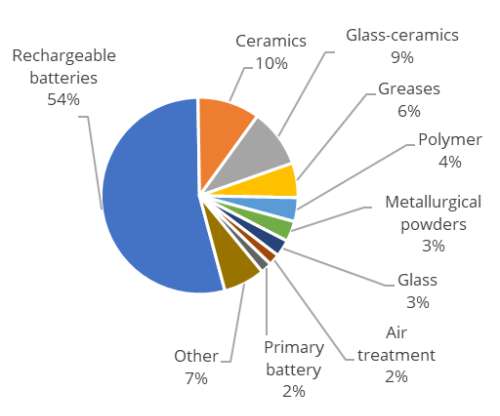Roskill sees recovery in lithium industry, buoyed by demand from rechargeable battery applications
Green Car Congress
NOVEMBER 25, 2020
Q1 2020 saw monthly average prices fall further to less than US$7,000/t Li 2 CO 3 for the first time since 2014, eroding price increases caused by forecast strong demand growth in the lithium-ion battery industry and uncertainty over future supply.








































Let's personalize your content